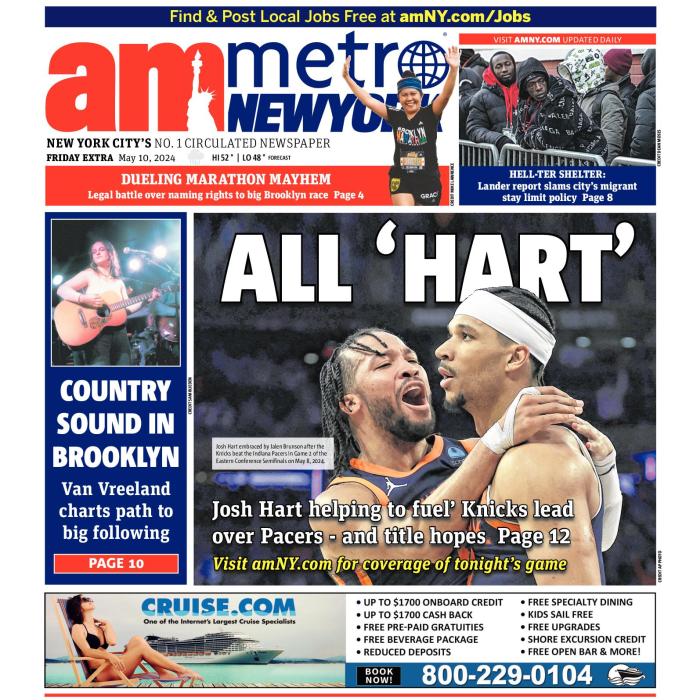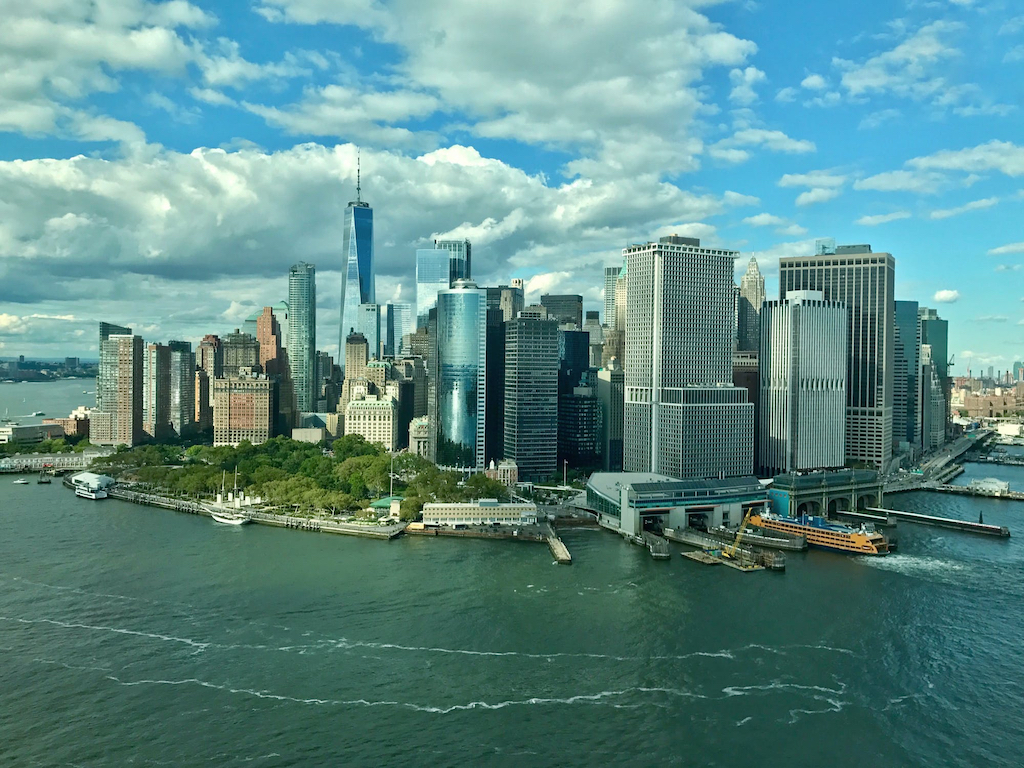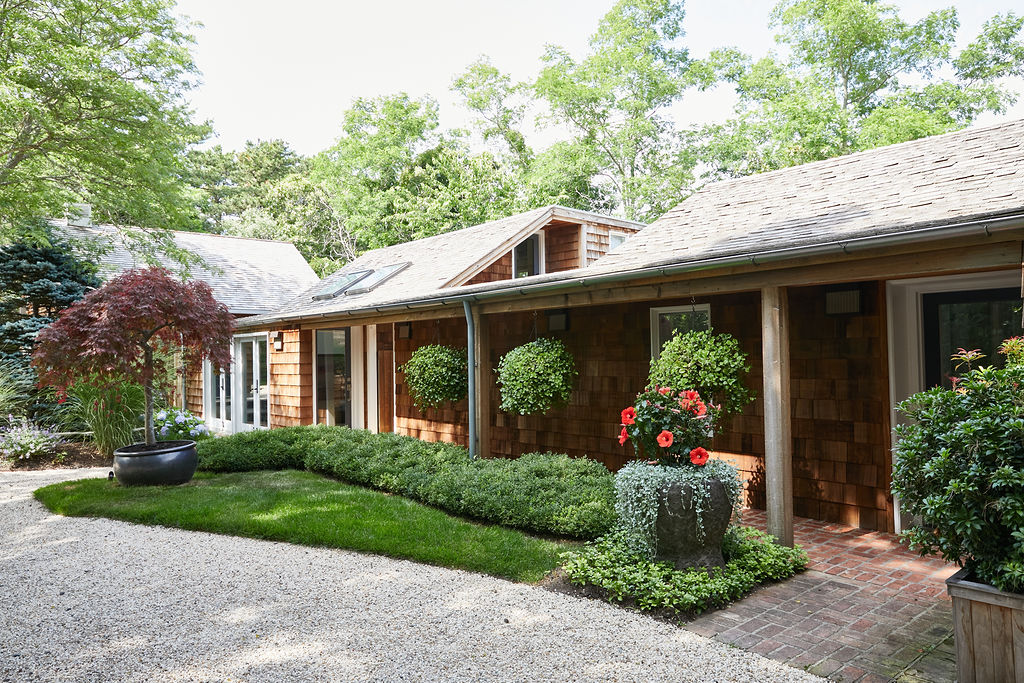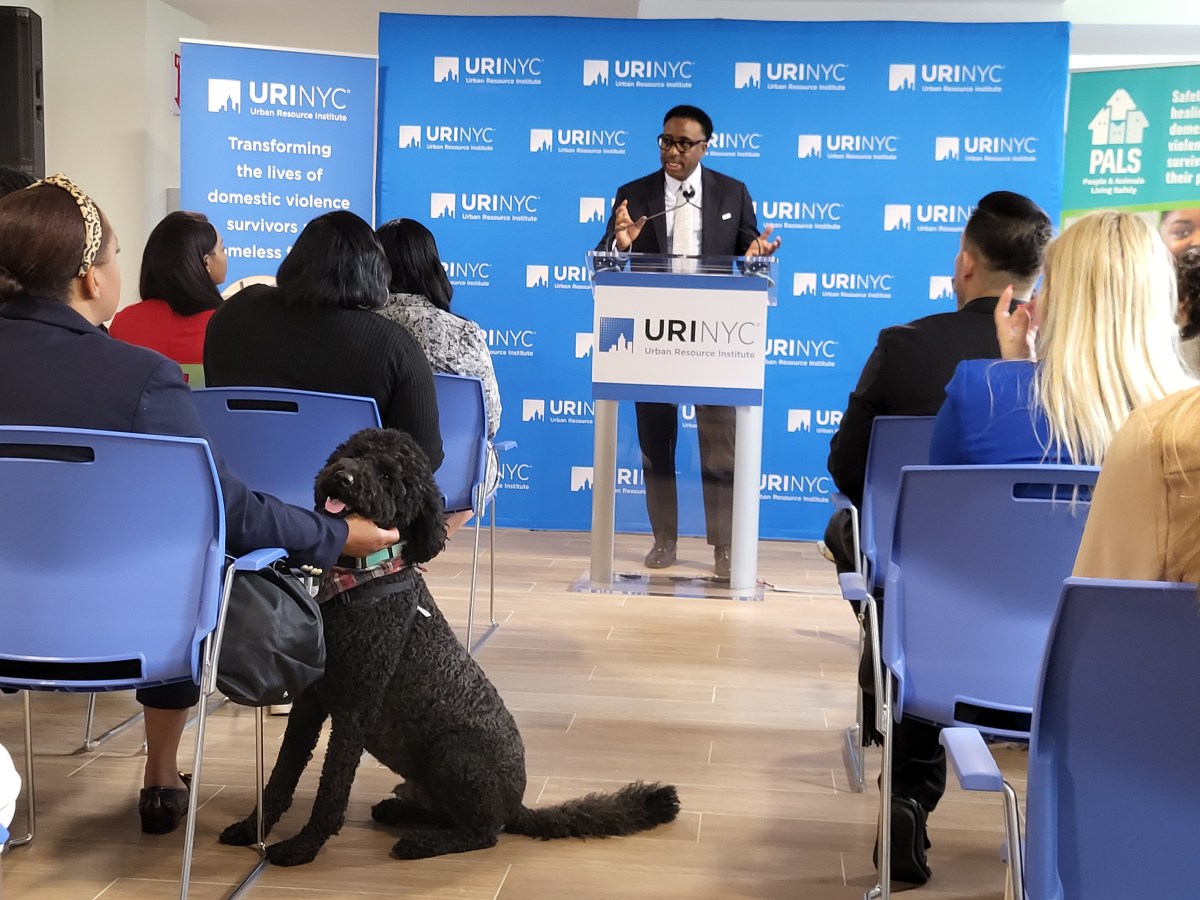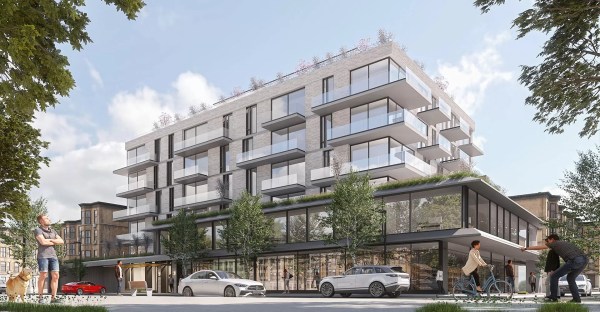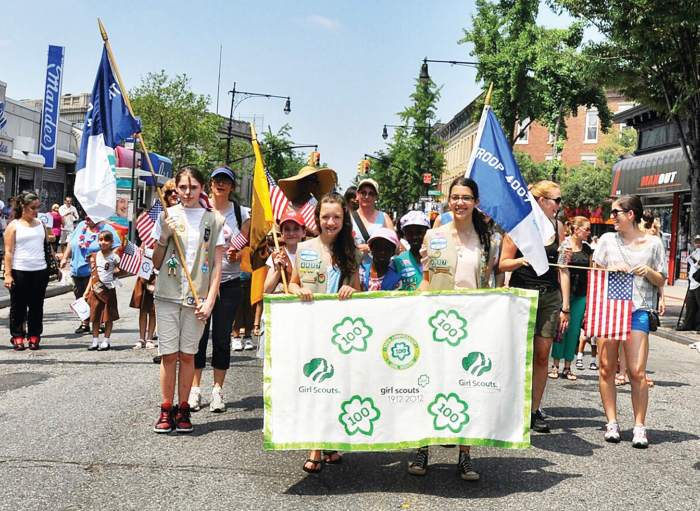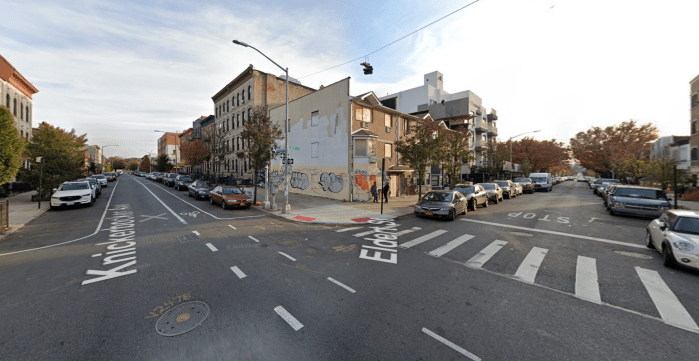BY GABE HERMAN | Mayor de Blasio has announced plans for $10 billion worth of resiliency measures to protect Lower Manhattan against flooding. The plans notably would extend the shoreline in the Financial District and South St. Seaport out by as much as 500 feet.
The Lower Manhattan Climate Resilience Study, which outlines the plans, was released March 14. The city has earmarked an initial $500 million for the strategies, which include projects in several neighborhoods.
Hurricane Sandy revealed the Big Apple’s vulnerability to extreme weather and climate change. The report found that 37 percent of Lower Manhattan would be at risk from storm-surge flooding by 2050. That number grows to nearly 50 percent by 2100, when it’s projected there would be more than 6 feet of sea-level rise. By that time, 20 percent of Lower Manhattan would be exposed to daily tidal inundation.
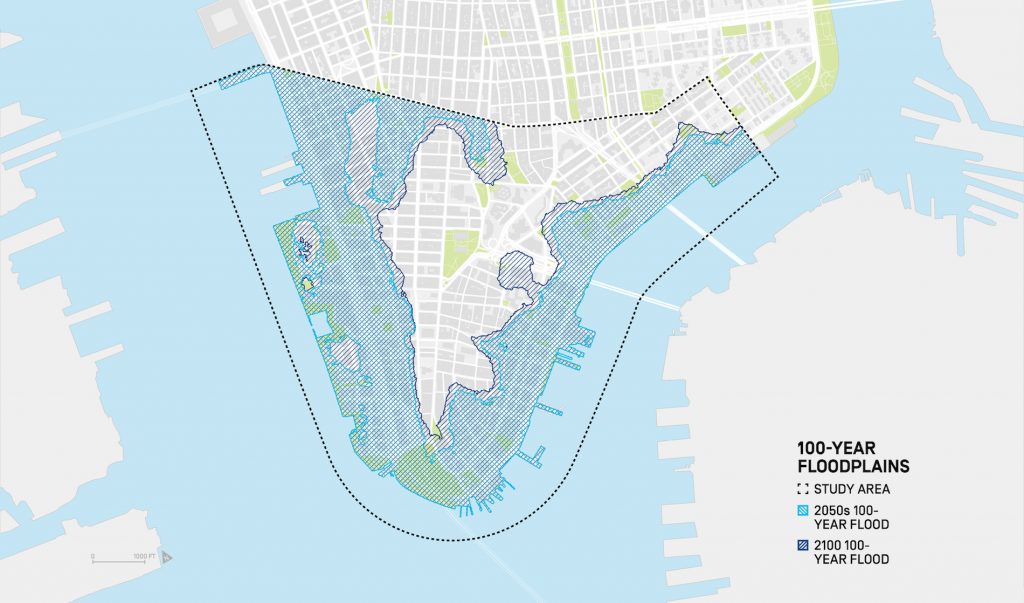
In the Battery, the wharf and esplanade would be raised and a protective barrier such as a berm would be installed. A $165 million project, this segment is set to begin in 2021 and be led by the city’s Economic Development Corporation.
In the Two Bridges area, E.D.C. is designing protective barriers and “flip-up” barriers that will protect from floods yet while reportedly maintaining public access. This part of the project is slated at $200 million project and is set to begin in 2021.
In Battery Park City, $134 million will go toward reconstructing the esplanade and open space and is set to start in 2020.
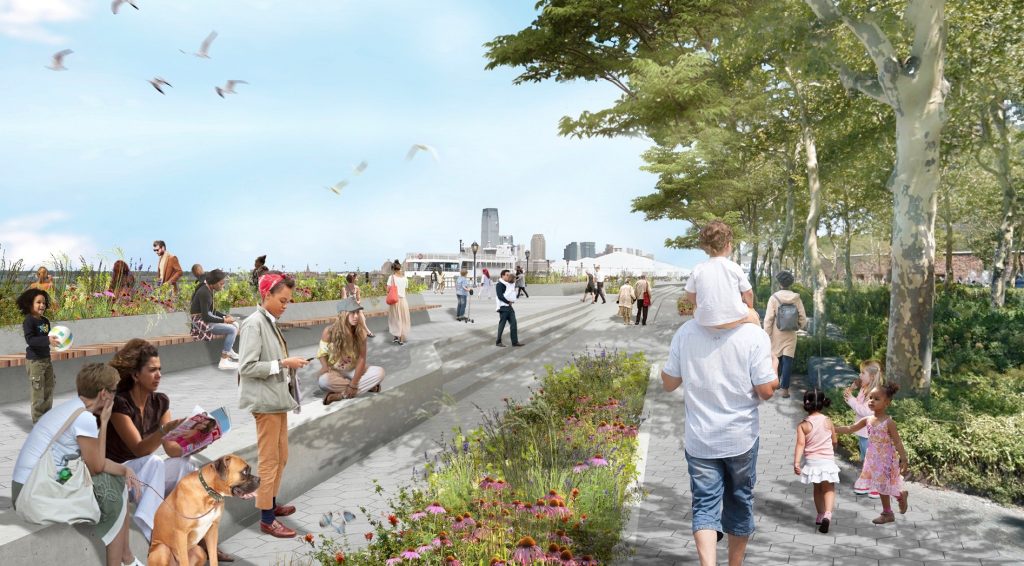
Meanwhile, temporary solutions in South St. Seaport, parts of FiDi and Two Bridges will include $3.5 million for Tiger Dams, which divert water, and HESCO barriers, to be ready for the 2019 hurricane season.
But the biggest project looks to be the shoreline extension in FiDi and South St. Seaport. The study said those areas present unique challenges because of low-lying sections, dense infrastructure and an active waterfront.
The study concluded that extending out the shoreline was the only feasible way of protecting those areas. The new required landfill would include sections 20 feet or more above sea level. The landfill would protect against floods during storms, as well as against sea-level rise.

Further details of how the extension would be done, and its exact dimensions, were left open based on an “extensive public engagement process,” which is set to begin this spring.
Beyond the city’s initial investment, de Blasio plans to pay for the projects with state and federal funds. If federal funding doesn’t come through, the city would turn to private funding.
“We not only have to reduce emissions to prevent the most cataclysmic potential effects of global warming, we have to prepare for the ones that are already inevitable,” de Blasio said in a statement when the plan was announced. “Our actions will protect Lower Manhattan into the next century. We need the federal government to stand behind cities like New York to meet this crisis head on.”
